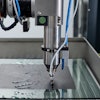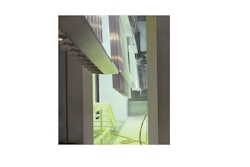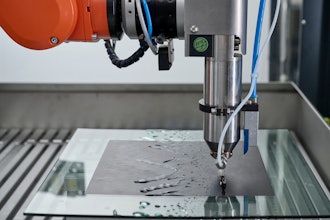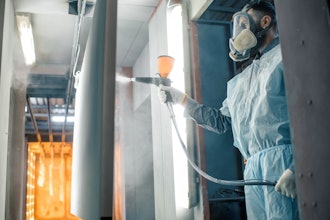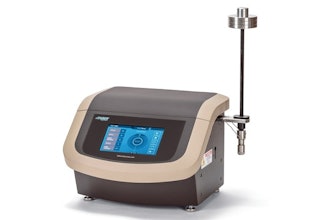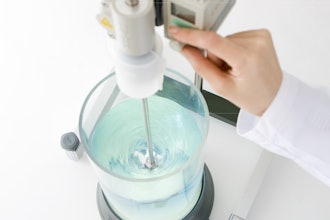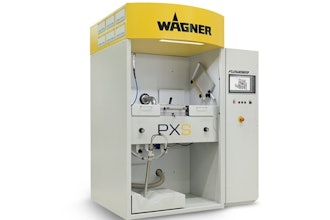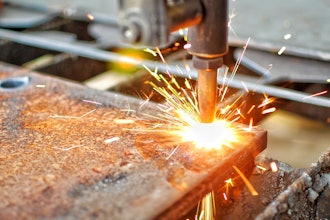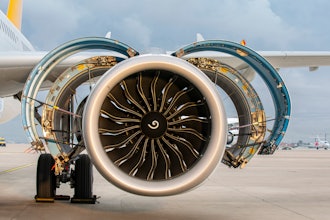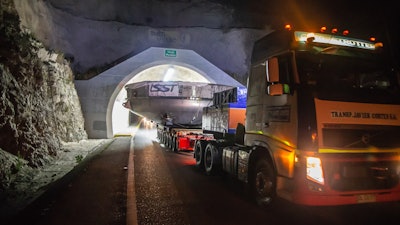
On November 11, 2018, the giant Coating Chamber for the Large Synoptic Survey Telescope (LSST) arrived on the summit of Cerro Pachón in Chile, safely completing a 15-week journey from Deggendorf, Germany, where it was constructed.
The 128-ton Coating Chamber is the largest single piece of equipment to arrive at the LSST observatory site to date, and will soon be joined by the Telescope Mount Assembly (TMA), from Spain, and the 8.4-meter Primary/Tertiary (M1M3) Mirror, from the United States, which are expected to arrive in 2019.
LSST, currently under construction in Chile, is an integrated system designed to conduct an unprecedented decade-long survey of the optical sky. Featuring an 8-meter class widefield ground-based telescope, a 3.2 Gpix camera, and an automated data processing system, LSST is supported by major funding from the National Science Foundation (NSF), with additional funding by the Department of Energy (DOE) Office of Science and the LSST Corporation.
The LSST Coating Chamber will be used to coat both of LSST’s mirrors with a highly reflective metallic layer before the 10-year survey begins, and will also recoat the mirrors periodically during Operations. It’s anticipated that the 8.4-meter diameter Primary/Tertiary Mirror (M1M3) will need to be recoated every two years during LSST’s 10-year survey, and the 3.5-meter diameter Secondary Mirror (M2) every five years.
Constructed by LSST subcontractor Von Ardenne over 30 months at the MAN factory in Deggendorf, Germany, the Coating Chamber received final factory acceptance in June of 2018, and was then prepared for shipping and transported by river barge to Antwerp, Belgium. On September 7, 2018, it was loaded by crane aboard the BBC Arizona, the ship that carried it to Chile.
After arriving at the Port of Coquimbo Terminal in Chile on October 23rd, it was divided into two parts, upper and lower, and transported by Javier Cortez, S.A. in specialized trucks from Coquimbo to the LSST summit facility on Cerro Pachón.
The width of the cargo load was about 9 meters (29.5 feet), so this transport required cooperation between many parties to coordinate logistics, including the removal of hanging signs, utility cables, lights, etc. along the route.
Local police provided an escort for the transport vehicles, and various authorities assisted with road closures and permits to proceed. Victor Krabbendam, LSST Project Manager, remarked that “it was gratifying to see so much support from the local communities, and the extensive cooperation between AURA, the Chilean authorities, and the many experts involved in the transportation activities.
Considering the scale of the cargo, and the distance it needed to go, the move went remarkably smoothly.”
According to Tomislav Vucina, LSST Coatings Engineer, "The LSST Coating Chamber will be the largest, most modern, and most powerful mirror coating mechanism used by any telescope in the world." Now that this important component has been successfully received on the summit of Cerro Pachón, a six-month program of assembly, integration, and commissioning for the Coating Plant will begin, culminating with the coating of the Primary/Tertiary Mirror (M1M3) with protective aluminum, and the Secondary Mirror (M2) with protective silver.
Edward Ajhar, the National Science Foundation (NSF) Program Manager for LSST, commented, “NSF is very excited to see this major milestone in LSST construction completed safely and on time. We are looking forward to the ground-breaking discoveries LSST will bring to the astronomical community.”

